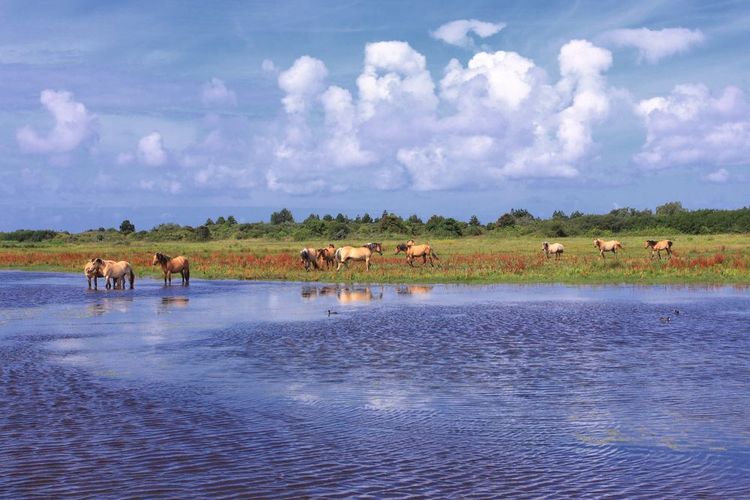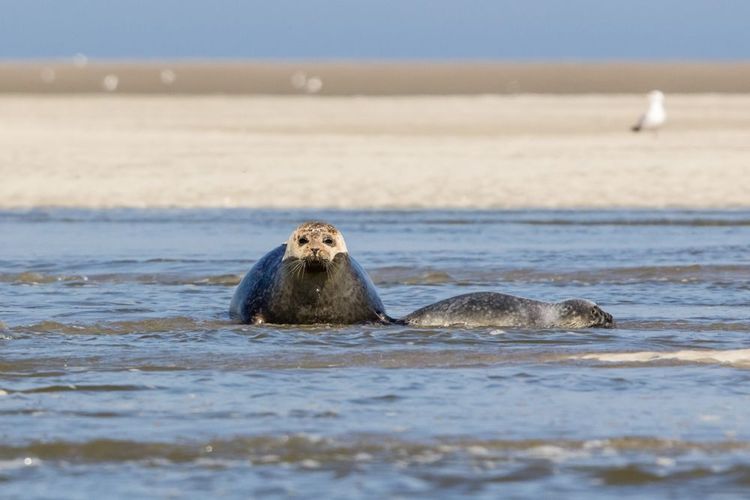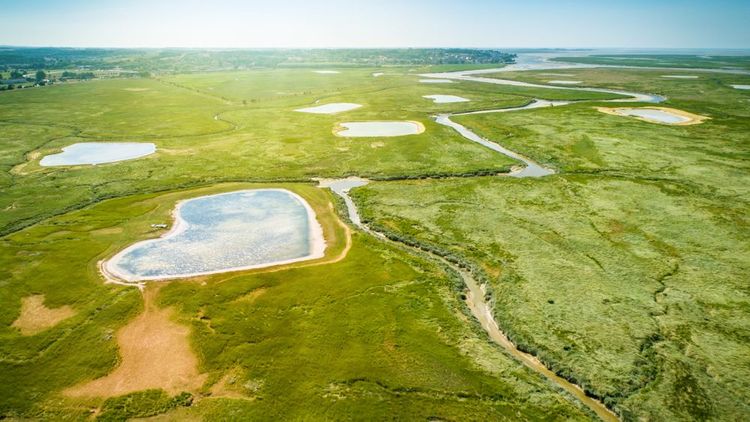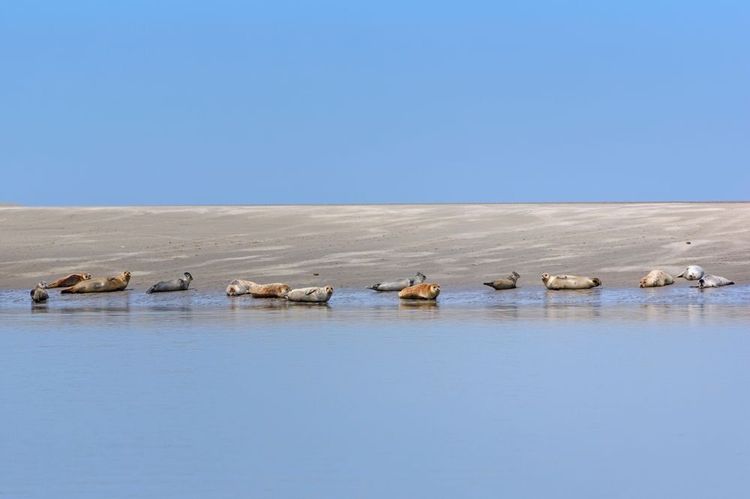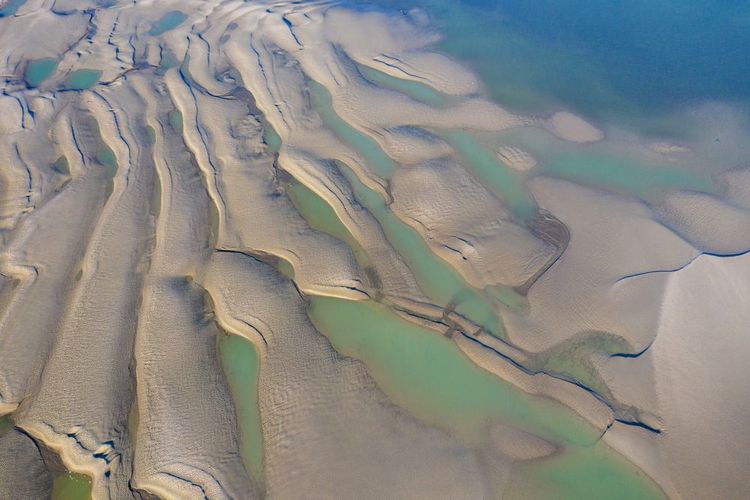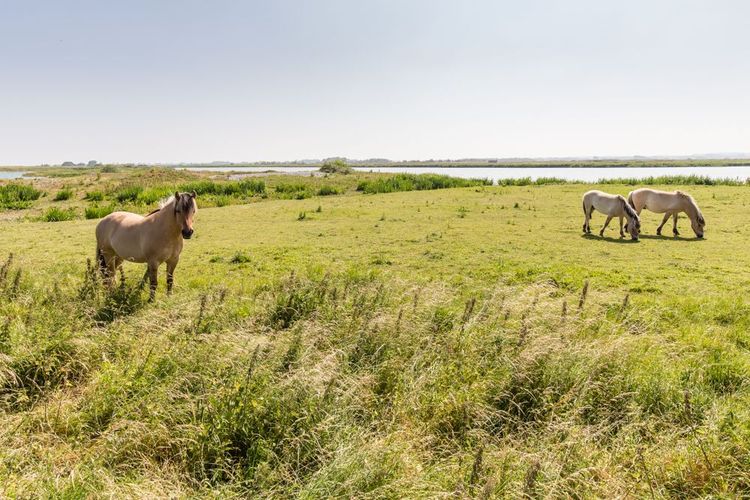⏰ When should you visit the Bay of the Somme?
All year round. High tide periods are even more spectacular: get your calendars ready!
⭐ Where to stay in the Baie de Somme?
To stay as close as possible to the bay, you can choose between Saint-Valery-sur-Somme to the south, and Le Crotoy to the north, with a good choice of hotels, gîtes, rentals and campsites.
👉 Safety in the Baie de Somme
Don't set off across the Baie de Somme without a guide: you'll sink deep into some mudflats, and the tide rises quickly on this flat terrain. Be careful, accidents are common.
👉 The Maison de la Baie de Somme
On the road between Saint-Valery and Le Hourdel, the Maison de la Baie de Somme is a well-designed interpretation centre for understanding how this fragile ecosystem works from a global perspective. Many activities are also on offer in the Baie de Somme, including guided outings to observe the local wildlife.
